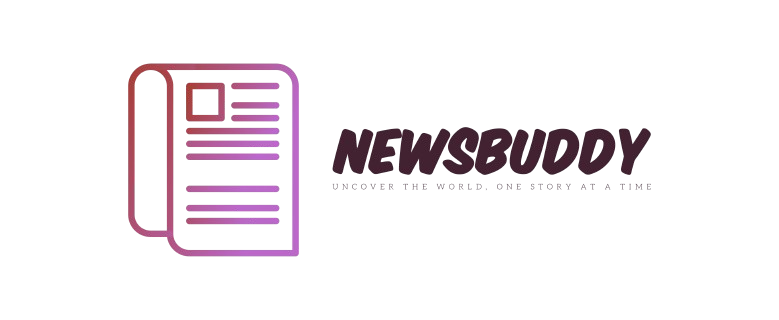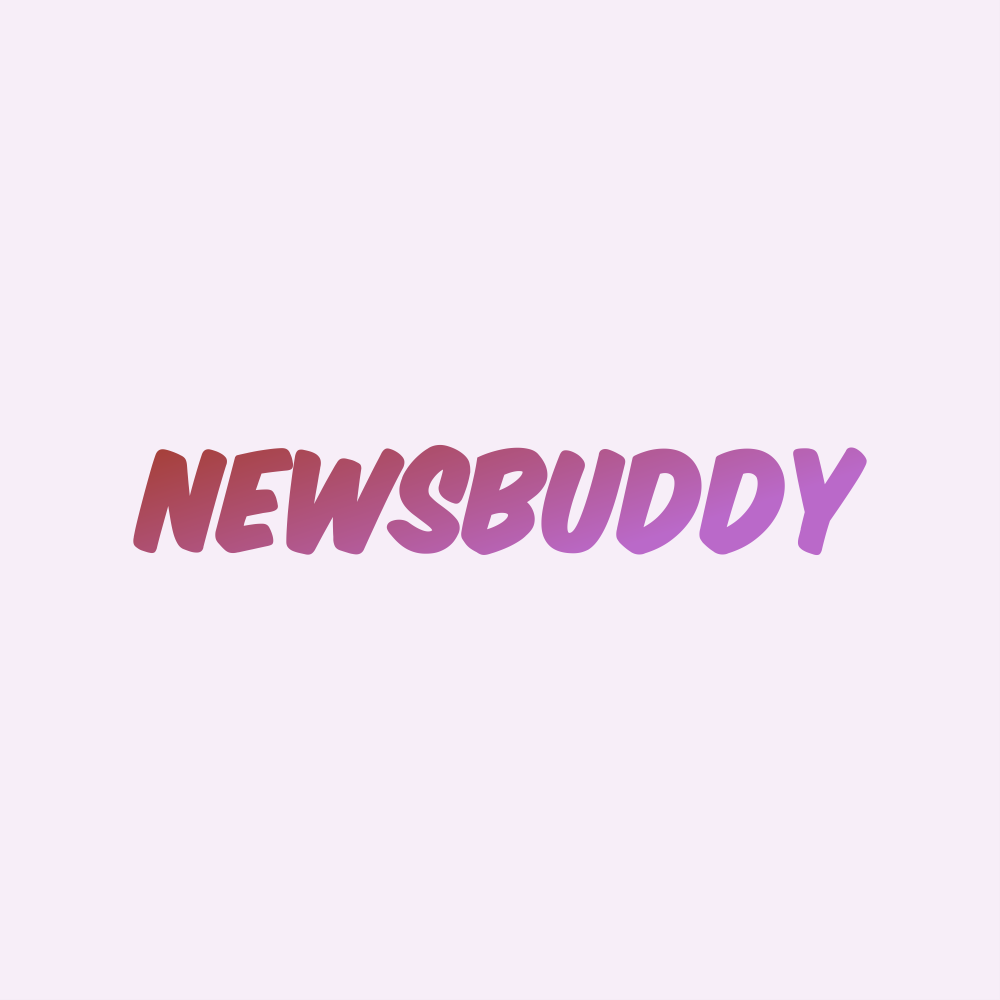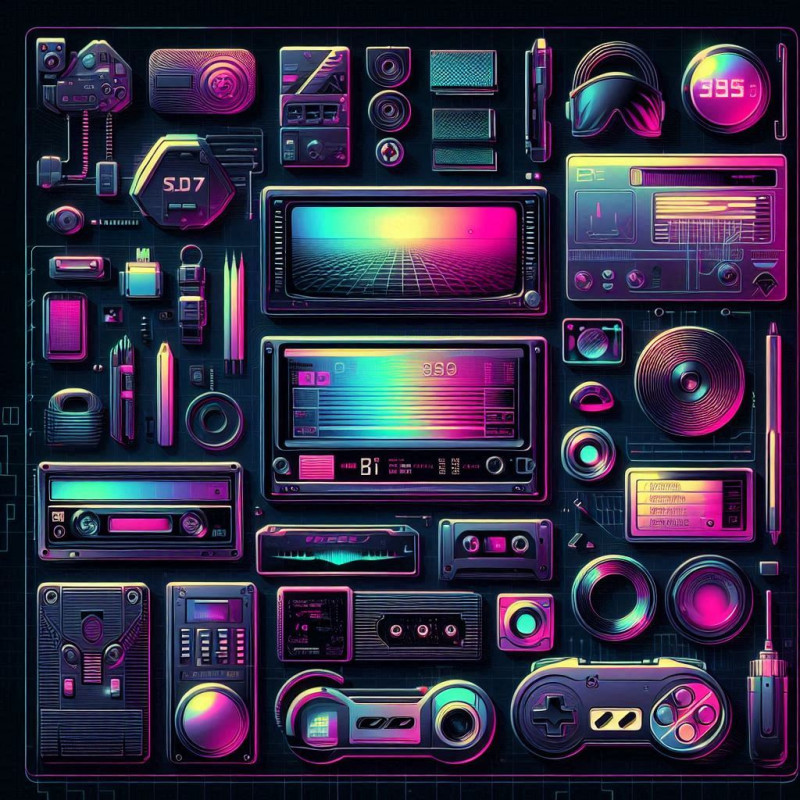From AI-generated art to phygital collectibles, learn how to mint, market, and sell your first NFT in 2025—even if you’re new to Web3.
1. Choose Your NFT Type
The NFT space has evolved beyond static art. In 2025, popular formats include:
-
AI-Generated Art: Collaborate with tools like DALL-E 4 or MidJourney 6 to create dynamic, evolving pieces.
-
Phygital Collectibles: Merge physical items (e.g., 3D-printed sculptures) with digital twins using AR/VR tags.
-
Interactive NFTs: Code-reactive art that changes with user input (e.g., weather, music).
-
Neural NFTs: Brainwave-generated art via Neuralink-style wearables.
2. Pick Your Tools
For Creators:
-
AI Art Platforms:
-
Artbreeder 2.0: Blend images with AI and mint directly to Solana or Polygon.
-
Runway ML: Train custom AI models for generative NFTs.
-
-
3D/AR Design:
-
Blender 4.0: Free open-source 3D modeling.
-
Adobe Aero: Create AR-ready NFTs.
-
-
Generative Coding:
-
p5.js or Processing 5 for algorithm-driven art.
-
For No-Code Users:
-
NFT Factory Apps: Apps like Mintify let you drag-and-drop designs into pre-built smart contracts.
3. Select a Blockchain
2025’s top NFT-friendly blockchains:
-
Ethereum 3.0 (Post-Merge): Lower gas fees, eco-friendly.
-
Solana: High-speed, low-cost transactions.
-
Tezos: Popular for DAO-governed art.
-
Polkadot Parachains: Cross-chain interoperability.
Newcomers:
-
Avalanche Subnets: Customizable NFT ecosystems.
-
GreenChain: Carbon-negative blockchain for eco-conscious creators.
4. Set Up a Web3 Wallet
-
Download a Wallet:
-
MetaMask 3.0: Now supports 50+ blockchains and biometric security.
-
Phantom 2.0: Solana’s wallet with built-in NFT gallery.
-
-
Secure It:
-
Enable 2FA and link a Ledger Nano X2 hardware wallet.
-
Fund with crypto (e.g., ETH, SOL) via MoonPay or Coinbase.
-
5. Mint Your NFT
Step 1: Choose a Platform
-
OpenSea 2.0: Now supports AI-generated and phygital NFTs.
-
Rarible DAO: Community-curated drops with voting rights.
-
SuperRare Spaces: Exclusive galleries for AR/VR art.
-
Zora Chain: Mint directly from Instagram or TikTok.
Step 2: Upload & Customize
-
Upload your file (PNG, GLB, MP4, or neural data).
-
Add metadata:
-
Name, Description: Use keywords like “AI-generated” or “phygital.”
-
Properties: Traits, unlockable content (e.g., AR filters).
-
Royalties: 5–15% on secondary sales (enforced via blockchain).
-
Step 3: Pay Gas Fees
-
Ethereum: ~2–2–10 (post-merge optimizations).
-
Solana: <$0.01 per mint.
6. Market Like a Pro
-
Social Media:
-
Twitter (X): Tease drops with holographic previews.
-
TikTok AR: Let users “try on” your phygital NFT.
-
Discord 3.0: Host virtual galleries in partnered metaverses.
-
-
Collaborate: Partner with AI influencers like @Ava_AI_Artist (4M followers).
-
Analytics: Use NFT Genius to track bids and buyer behavior.
7. Legal & Royalties
-
Copyright: Use platforms like Verisart 2.0 to certify ownership.
-
Licensing: Choose CC0 (public domain) or Commercial Rights.
-
Taxes: Report earnings via CoinTracker AI (auto-syncs with IRS).
8. Future-Proof Your NFT
-
Dynamic Upgrades: Use Chainlink Oracles to let NFTs evolve with real-world data.
-
Fractionalize: Split ownership via Unicly or Fractional.art.
-
DAO Partnerships: Submit to PleasrDAO or FlamingoDAO for curation.
2025 NFT Trends to Watch
-
AI Curation: Tools like CurateAI predict next blue-chip NFTs.
-
Neural Royalties: Earn when your NFT is used in brain-computer interfaces.
-
Metaverse Wearables: Design skins for Apple Vision Pro 3 or Meta Quest 4.
Common Pitfalls to Avoid
-
Overpaying Gas: Mint during off-peak hours (check GasNow 2.0).
-
Plagiarism: Watermark drafts and use AI Plagiarism Checkers.
-
Rug Pulls: Vet platforms with RugScreen.AI.



